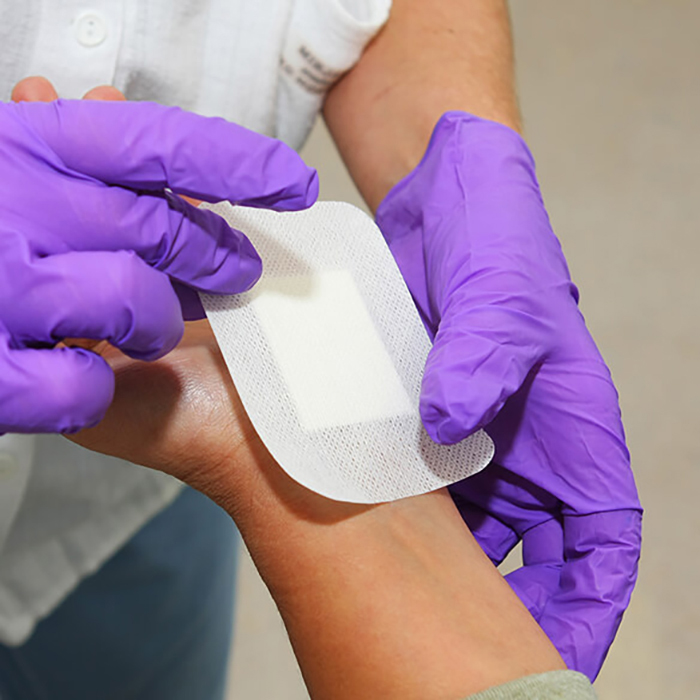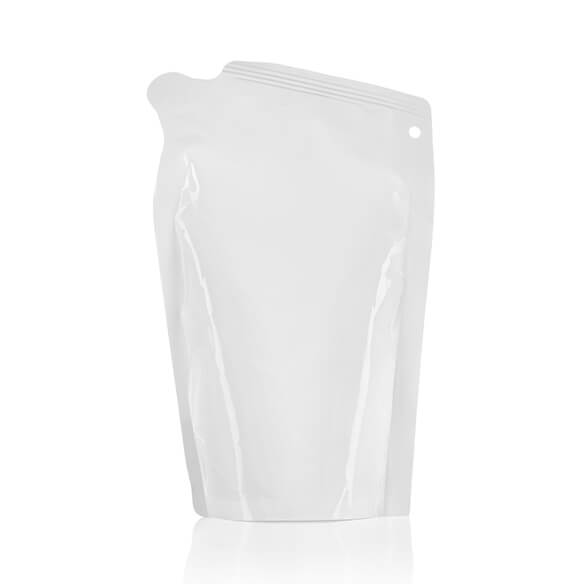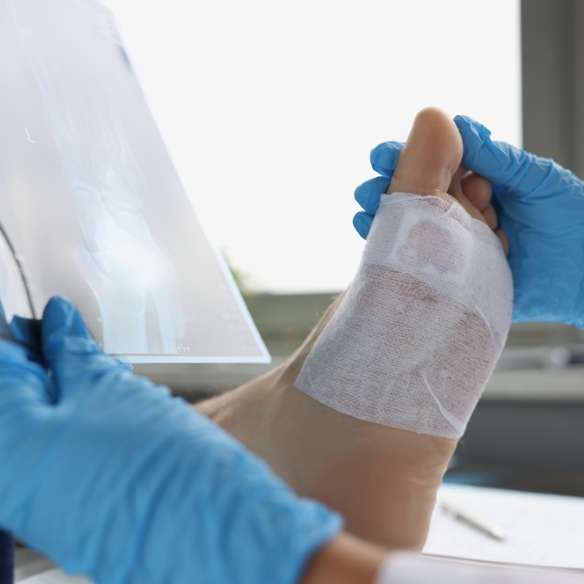Fabric & Mesh Materials
Fabrics & Mesh
Fabrics and mesh serve a variety of use cases in industrial manufacturing. Advantage Converting die cuts, laminates, and slits both woven and nonwoven fabrics, as well as mesh materials.
Advantage Converting has extensive experience selecting and converting fabrics and mesh to solve technical challenges. Nonwoven fabrics are often used for their washability, resilience, flame retardancy, and cushioning. Like mesh, these fabrics serve as barriers, protecting internal and external components from water, dirt, and dust, creating a breathable seal. Fabrics can also be combined with films and adhesives in our clean room environment for advanced wound care products.
See Our Work
Advantage Converting is proud to work with leading companies to solve real-world challenges – from healing wounds faster to protecting scientific equipment orbiting the Earth.
FAQs
Q: When do I need a clean room?
Clean room manufacturing is primarily used when manufacturing sensitive materials that can be easily contaminated or affected by particles in the air. For example, at Advantage Converting, we have used our clean rooms to manufacture advanced wound care products, solar panel components, and vibration dampeners for the aerospace industry. However, a clean room can be used for any converted good. Our experts can work with you to determine clean room requirements for your project.
Q: What manufacturing processes does Advantage Converting perform in their clean rooms?
We can perform any manufacturing process in our clean rooms, including custom die cutting, laminating, slitting and rewinding, and roll-to-roll manufacturing.
Q: What is clean room manufacturing?
Clean room manufacturing is the use of an enclosed area with strict environmental controls to manufacture sensitive components. The controlled environment – or clean room – limits the presence of dust, airborne microbes, aerosol, and chemical vapors to prevent environmental contamination of sensitive components, such as those for medical, electronic, and aerospace applications.
Advantage Converting has multiple clean rooms that are available for all converted goods. Our clean rooms are certified as ISO 8 / Class 100,000 and ISO 7 / Class 10,000.


